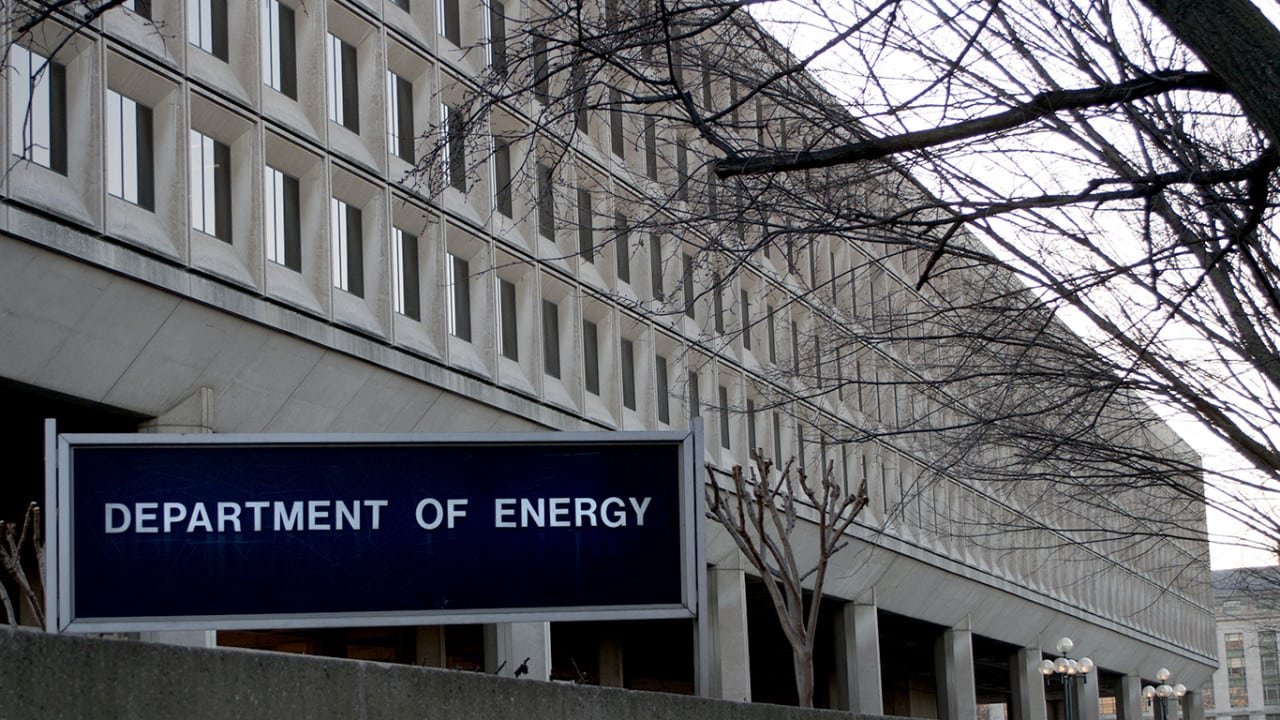
A recent change in how payments are allotted by the Department of Energy is sparking concerns among some of the top contractors carrying out large-scale cleanup projects across the agency’s nuclear complex.
The issue was referenced, although not thoroughly explained, by speakers at this month’s DOE National Cleanup Workshop in Alexandria, Va.
“[I]n the past four months something seems to have broken somewhere, because all of a sudden two or three of our sites have been running out of money at the end of each month,” Fluor Senior Vice President Greg Meyer said during one panel discussion. “It’s different than encountering such a situation at the end of a quarter or the end of a year.”
Meyer did not discuss specific sites, and Fluor declined to comment further. But the company is a major presence at DOE remediation programs around the nation, including partnering with BWX Technologies at the Portsmouth Site in Ohio and taking over the Idaho Site cleanup contract in 2016.
Specifics on the origin, breadth, and mechanics of the change were not immediately clear at press time, though a DOE official speaking on the same panel as Meyer mentioned an allotment system established earlier this year and a new accounting system. In any event, the modification has created administrative headaches and caused some short-term cash flow worries, a senior industry official told Weapons Complex Monitor on Wednesday.
It appears an extra layer has been added to the payment process, the industry executive said. The Energy Department has also gone from quarterly to monthly payments, which can result in a tight money situation for large projects not used to that procedure.
To date no contractors have had to suspend operations or temporarily lay off any staff, but it’s “been close” a couple of times, the source said. That would be a worst-case scenario for a contractor, the executive added.
“You have to have money in the bank to pay the bills,” the source said. On big projects, money can get tight when it’s doled out only one month at a time, the source indicated, especially if the payments are slow in being processed.
Meyer said the only strategy he could see would be for DOE contractors to build up their cash reserve for tight times, but cautioned that could mean not performing certain work. Companies instead want to be sure the money is coming and that they can provide the work for that money, he said.
The Energy Department’s Office of Environmental Management receives more than $6 billion each year, much of which is paid out to Fluor, BWXT, CH2M, AECOM, and other nuclear cleanup primes – which then pay out funds to subcontractors for certain operations at projects stretching from Washington state to upstate New York.
“Something has changed, I don’t know exactly what,” an industry observer said Friday, adding that it does not seem that all contractors are affected across the board.
A couple of sources contacted this week indicated either they were not familiar with the change or their company didn’t seem to be impacted by it.
The Energy Department appears sympathetic to contractors’ concerns, the industry source said. There have been communications between DOE and the Energy Facility Contractors Group (EFCOG) on the matter, insiders said.
The industry official said his impression the problem started with the White House’s Office of Management and Budget, although an OMB official contacted Thursday didn’t see it that way. There have been no OMB revisions on the fashion in which funds are distributed to agencies, a spokesperson said by email.
“After enactment of full-year appropriations, OMB automatically makes funds available in 30-day increments until a written apportionment is approved. At the Department of Energy, the transition from operating under the Continuing Resolution to 2017 enacted appropriations took longer than usual due to a variety [of] factors. During this transition period, funds were automatically available consistent with standard procedures,” the OMB spokesperson said.
While DOE did not respond to a request for comment on the matter by press time, a senior official acknowledged contractors’ concerns during the National Cleanup Workshop.
“What’s going on inside the department is, of course, in addition to the usual budget cycle, the series of continuing resolutions, and that sort of thing, we’ve been on a 30-day allotment over the last six months or so,” said Ralph Holland, deputy assistant secretary for acquisition and project management for EM.
“That’s a challenge, and compounding that challenge there was a new accounting system, appropriations systems … the system that doles out the money, was installed earlier this year,” Holland said. “Ironically, that system we learned just recently, was designed to prevent us from becoming anti-deficient, but it’s been a challenge, the implementation hasn’t gone well. So, we’re doing 30-day increments and it’s taken 15-20 days to get the money out, and that’s what’s running us so close in so many cases.”
The industry executive who spoke to Weapons Complex Monitor said Energy Secretary Rick Perry or his deputy, Dan Brouillette, will have to work things out with OMB – if that’s where the problem originates.